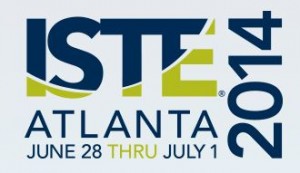The movement towards digital content continues to grow around education. In many cases this movement means more affordable content for students. The Springboro Community City School District near Dayton, Ohio has started a movement towards ebooks and has reported an $800,000 savings compared to the hardback option.
This same lower pricing can be found throughout education and means lower priced texts for higher education students.
The full article on the Springboro Community City School District conversion can be found here.
To learn more about ebooks, please contact the Fisher ITS Helpdesk.
Source:
Dayton Daily News (2014, August). Schools opt for e-books.
Retrieved from http://www.daytondailynews.com/news/news/local/schools-opt-for-e-books/ngsMR/








